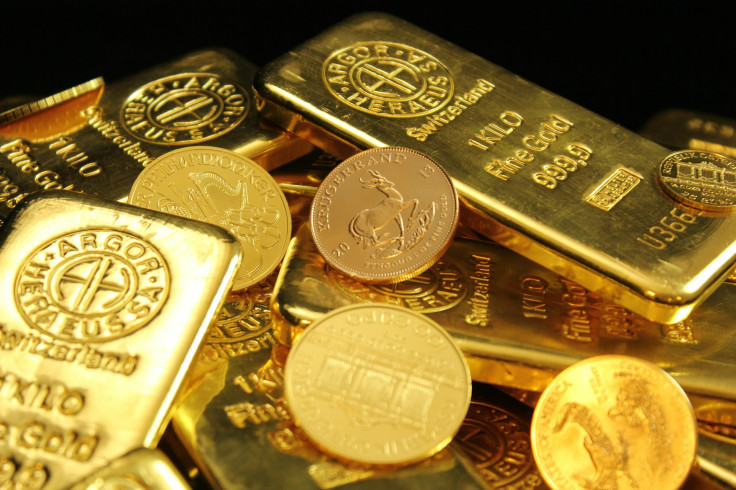Gold Price Plunge Baffles Investors: What Really Ended Its 9-Week Winning Streak?
Gold's 9-week winning streak ends amid profit-taking, strong dollar, and inflation data uncertainty

After an extraordinary nine-week rally that saw gold prices soar to record highs, the precious metal has finally stumbled.
On Friday, 24 October 2025, spot gold fell to approximately $4,112 (£3,093.17) per ounce, marking a weekly decline of nearly 3%—its steepest drop since May. The reversal has left investors and analysts scrambling to understand what triggered the sudden shift in momentum.
According to Hindustan Times, the price drop coincided with renewed optimism over a potential breakthrough in the US-China trade war and growing expectations of a Federal Reserve interest rate cut. These developments have tempered demand for safe-haven assets like gold.
Profit-Taking and Dollar Strength
Market analysts point to a combination of profit-taking and a strengthening US dollar as key drivers behind the decline. After weeks of gains, many traders opted to lock in profits, particularly as valuations appeared stretched.
The dollar index, which measures the greenback against a basket of major currencies, rose for a third consecutive session, making gold more expensive for non-US buyers and dampening sentiment.
As reported by the Financial Express, US gold futures for December delivery slipped 0.4% to $4,131.10 (£3,107.54) per ounce, while spot gold fell 0.2% to $4,116.09 (£3,096.25). The pullback reflects a broader shift in investor positioning ahead of key US inflation data.
Inflation Data and Fed Policy in Focus
The upcoming release of the US Consumer Price Index (CPI) data has heightened market caution. Investors are closely watching for signs of inflationary pressure that could influence the Federal Reserve's monetary policy.
A softer-than-expected CPI reading could reinforce expectations of a rate cut, which would typically support gold prices. However, the anticipation of policy shifts has introduced short-term volatility.
Market analysts say investors are primarily in a holding pattern ahead of the latest inflation data. A weaker-than-expected reading could boost expectations of rate cuts and trigger a rebound in gold prices.
Despite the recent dip, JPMorgan maintains a bullish long-term outlook, forecasting that gold could average $5,000 (around £3,760) per ounce by 2026, driven by persistent inflation and continued central bank buying.
ETF Outflows and Technical Pressure
Another factor contributing to the downturn is the significant outflow from gold-backed exchange-traded funds (ETFs). According to Trading Economics, gold ETFs experienced their largest single-day drop in holdings by tonnage in five months. This exodus has added technical pressure to the market, exacerbating the price decline.
The metal also suffered its most considerable intraday loss in five years earlier in the week, falling more than 5% in a single session. Analysts suggest the sharp correction was overdue, given the scale of the recent rally and the futures market's overbought conditions.
Geopolitical Calm and Trade Optimism
Geopolitical developments have also contributed to easing demand for gold. The US and China are reportedly nearing a preliminary trade agreement, which has reduced global risk aversion. Additionally, the US has imposed new sanctions on Russia, but the market reaction has been muted, suggesting that geopolitical tensions are not currently driving gold prices.
Bloomberg commodities strategists have noted that gold tends to perform well during periods of heightened uncertainty, but often retreats when market conditions stabilise. This pattern was evident in the recent price dip, which coincided with easing geopolitical tensions and renewed optimism over trade negotiations.
Outlook: Correction or Trend Reversal?
The key question now is whether this week's decline marks a temporary correction or the beginning of a broader trend reversal. Most analysts believe the fundamentals for gold remain strong, citing inflationary pressures, central bank demand, and ongoing geopolitical risks.
As the market digests upcoming economic data and policy signals, volatility is likely to persist. For now, the nine-week winning streak has ended, but the long-term narrative for gold remains far from settled.
© Copyright IBTimes 2025. All rights reserved.





















